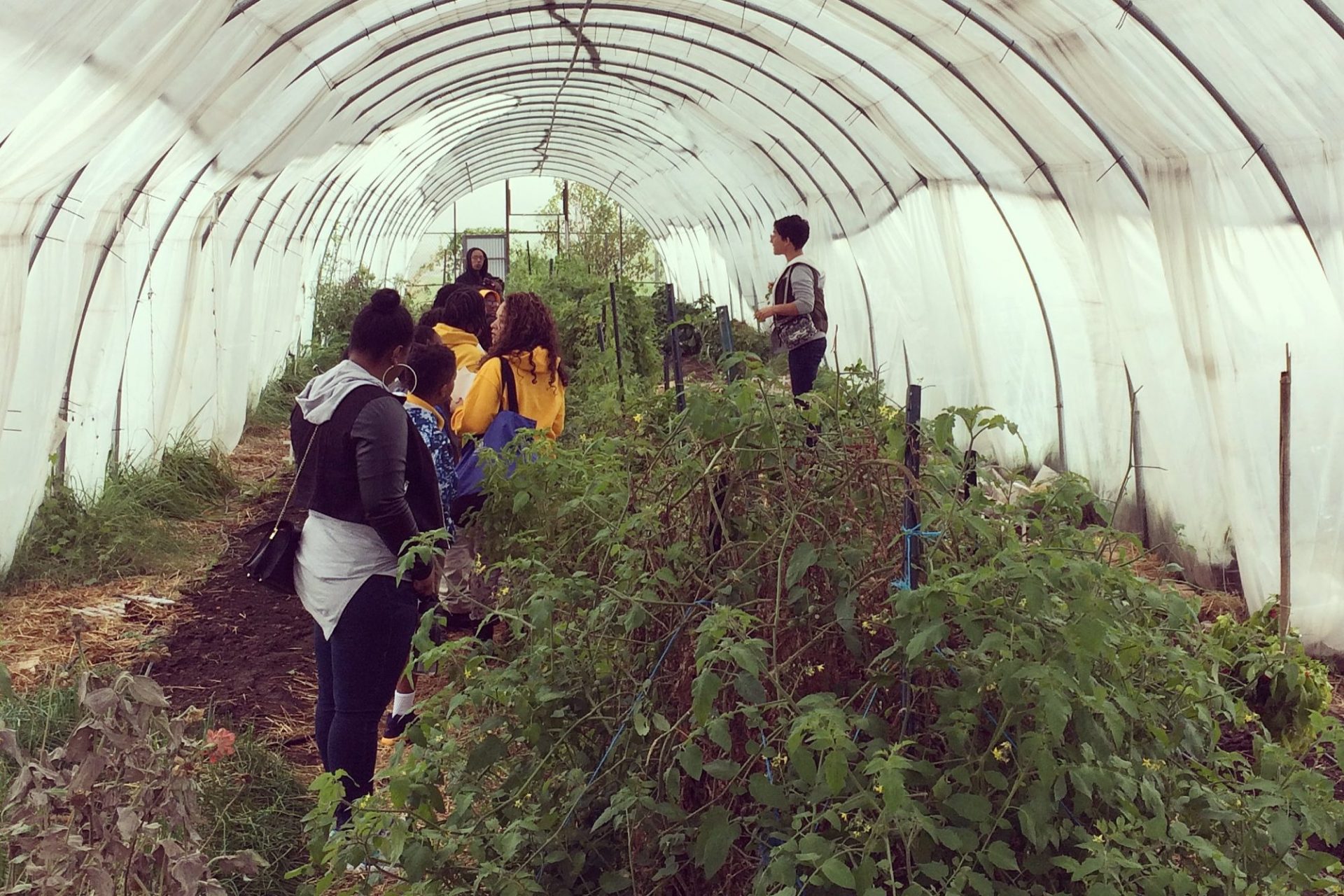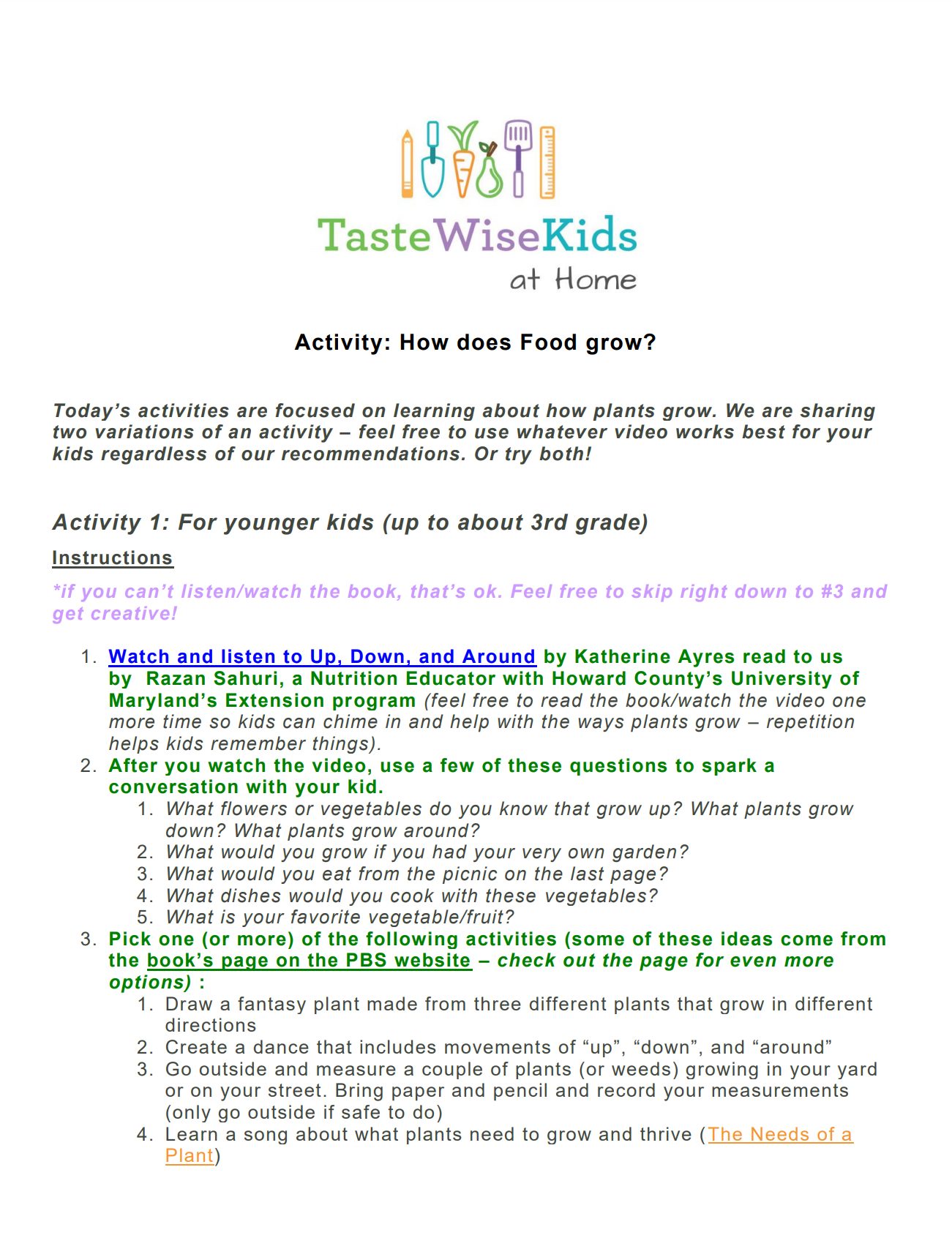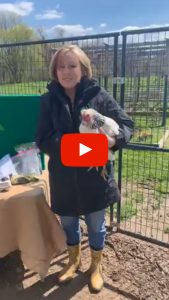#TWKatHome Activities
How Does Food Grow?
This week’s theme: How does food grow?
Today we are getting “dirty” by heading out to farms to learn how food grows. While we can’t get there in person, we are lucky to have some cool ways to show you how food grows and what is growing on local farms right now. When you think about plants growing, do they all grow the same way? What do plants need to grow? What grows on farms near us?

Activity: How does food grow?
Today’s activities are focused on learning about how plants grow. We are sharing two variations of an activity – feel free to use whatever video works best for your kids regardless of our recommendations. Or try both!
Materials for Activities
- Piece of paper
- Crayons, markers or something else to color with
- Optional: Computer, tablet or phone to watch video
Printable Versions
Learn from an Expert: Pam Purce of Three Oaks Farm
There are lots of farms in Maryland that grow and produce all kinds of foods (vegetables, fruit, dairy, meat, etc). Today, we are going to start with one farm in Harford County – Three Oaks Farm. Farmer Pam is both a farmer and a farm educator (and former elementary school teacher!) so every time we connect with her, we learn something. One neat thing about Three Oaks Farm is they have alpacas! In fact, you can learn right alongside us every week with a virtual trip to her farm – Wednesdays at 11am on Facebook Live with Three Oaks. If you can’t wait until Wednesday, watch Farmer Pam talk about the difference between chickens and ducks.
Want to learn more about what a farmer does? See our What does a Farmer do sheet and test your knowledge about different types of farms using our Types of Farms worksheet.
Activity #1 Instructions
This activity is best for younger kids (up to about 3rd grade). The instructions for this activity are broken down into three steps with direction for kids and for parents. If you can’t listen/watch the book, that’s ok. Feel free to skip right down to Step #3 and get creative!
Step 1
For Parents and Kids
Watch and listen to Up, Down, and Around by Katherine Ayres read to us by Razan Sahuri, a Nutrition Educator with Howard County’s University of Maryland’s Extension program. Note to Parents: feel free to read the book/watch the video one more time so kids can chime in and help with the ways plants grow – repetition helps kids remember things.
Step 2
For Parents
After you watch the video, use a few of these questions to spark a conversation with your kid.
- What flowers or vegetables do you know that grow up? What plants grow down? What plants grow around?
- What would you grow if you had your very own garden?
- What would you eat from the picnic on the last page?
- What dishes would you cook with these vegetables?
- What is your favorite vegetable/fruit?
Step 3
For Parents and Kids
Pick one (or more) of the following activities (some of these ideas come from the book’s page on the PBS website – check out the page for even more options):
- Draw a fantasy plant made from three different plants that grow in different directions
- Create a dance that includes movements of “up”, “down”, and “around”
- Go outside and measure a couple of plants (or weeds) growing in your yard or on your street. Bring paper and pencil and record your measurements (only go outside if safe to do)
- Learn a song about what plants need to grow and thrive (The Needs of a Plant)
Activity #2 Instructions
This activity is best for older kids (3rd grade and up). The instructions for this activity are broken down into three steps. Kids should be able to follow along with minimal help from parents. If you can’t listen/watch the video, that’s ok. Feel free to skip right down to Step #3 and get creative!
Step 1
For Kids
Watch the Video How does a seed turn into a plant? by SciShowKids.
Step 2
For Parents and Kids
After watching the video, try to answer a few of the following questions (feel free to watch the video more than once):
- What are the 3 parts of the seed?
- What does dormant mean? What is an example of a seed being dormant?
- What does a seed need to start to grow into a plant?
- What direction do the roots grow?
- What does “sprouted” mean? Why is this important?
- What are 3 types of foods that we eat that are actually the seed of the plant? (example – corn)
- What is something you could cook using some kind of edible seeds?
- What is your favorite seed?
Step 3
For Parents and Kids
Pick one (or more) of the following activities:
- Draw a fantasy plant made from three different plants that grow in different directions and then create a character for this plant (what is it’s name, where does it live, how old is it, etc.). Feel free to keep going and write a whole story, cartoon, or rap about your new character.
- Create a dance that is based on how a plant grows – get creative and try to create a costume (we would love to see a video of your final version).
- Go outside and take pictures of different stages of a plants growing (only go outside if safe to do so).
Want a more in-depth activity for older kids? Check out these great video lessons from another of our farm partners, Jamie and Jen Brown. They are the owners/farmers of TLV Tree Farm in Glenelg, MD. TLV is a long-time family farm that was once a dairy farm and also known for Christmas trees. In more recent years, Jamie & Jen have expanded the farm to growing specialty crops and raising animals.
Connect With Us
We want to see your fantasy plant, new dance, artwork, etc! Send us your creation on Facebook (@TasteWiseKids) or Instagram (@tastewise_kids), or email info@tastewisekids.org to get personalized feedback from our Executive Director, who will put on her former teacher hat for you!
Also, remember to check out Farmer Pam tomorrow and every Wednesday!
Key Activity Points
- Plants can grow in many ways – i.e. they all don’t grow straight up!
- We can’t always see every part of the plant – if it’s growing underground, we can’t see that part; if it grows on a vine it can curl in on itself and may seem smaller.
- Plants need 5 basic things to grow – soil, space, air, water, sun/light.
- Seeds need at least 3 things to grow – soil, enough light, and the right temperature.
- We can’t always see every part of the plant – in fact, a lot of the initial work of a seed growing into a plant happens underground – starting with the roots.
- Seeds can either stay as seeds or grow into plants; either way, they can be edible.
Keep Learning
- Looking for informative, “real articles” for kids to read around food, agriculture, etc.? Check out these online, AgToday magazines to read online or print out (geared towards grades 3-5).
- To learn more about backyard insects like spiders and centipedes, check out this Wild TV encounter between insects and humans Backyard Bugs.
- Learn how to make a windowsill herb garden with the folks at Great Kids Farm.
- Older kids and adults interested in gardening and growing food at home? Check out Garden of Weedin videos from Joyce Browning, a Master Gardener and Days of Taste volunteer in Harford County.


